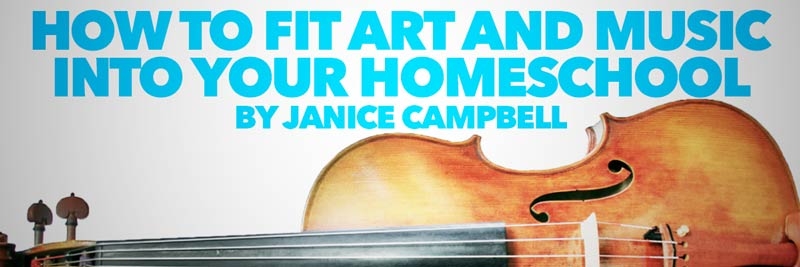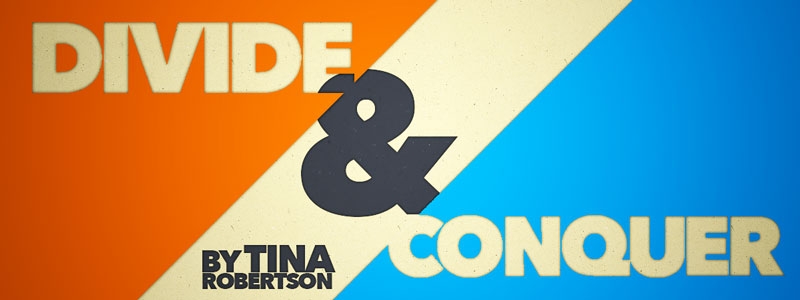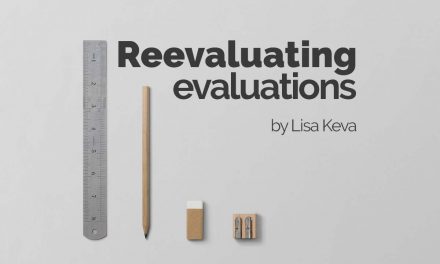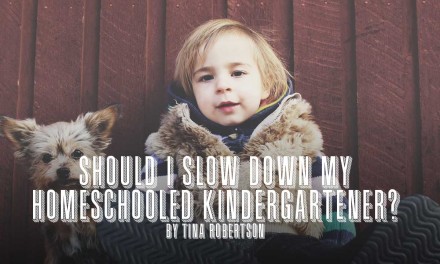During our homeschooling years, one of my favorite parts of the year was early summer when we could take a break and I could plan curriculum for the next school year. I’d lovingly gather everything we needed for a fascinating year, then start trying to create a schedule in which we could use it all.
Math and language arts always made it to the schedule first, followed by history and science. This left foreign language, art, music, practical skills, and more. Plus life – something we would theoretically have time for each day. I’d pencil in each of the “secondary” subjects, but year after year my tidy little schedule would shift, and art and music would be the first thing to go when things got hectic.
I discovered something, though. Art and music don’t always have to be taught during school hours or even during the school year. They are both inherently appealing, and they fit easily into family life. You can teach the history, theory, and application of both art and music if you just make them part of your lifestyle of learning.
Here are some of the ways we studied art and music (and a variety of other subjects that gained interest when released from the confines of the classroom):
- Listened to Music and Moments with the Masters and other CDs with composer biographies
- Visited art museums
- Attended performances of opera, classical music, barbershop, and other musical styles
- Picked up musical instruments for everyone to try – piano, guitar, bass, harmonica, accordion, keyboard, etc. (used instruments are easily found)
- Took art and music lessons when possible, and when interest warranted
- Experimented with a variety of art supplies, including paints, pencils, clay, beading supplies, scrapbooking supplies, yarn, and more
- Tried creating homemade instruments with a variety of household items
- Read Annotated Art, Come Look with Me, and other art books
- Kept a library of art books for various techniques including drawing, watercolor, colored pencils, painting, calligraphy, cartoon art, and more
- Read about musicians and artists and talked about their work and techniques
- Created special art projects as gifts
- Used rainy days as project days (not as often as I would have liked – we have a lot of rain, and the days can’t always be fun!)
- Watched or listened to art and music classes produced by The Teaching Company (After dinner can be a good time to enjoy a 30-minute episode.)
- Incorporated a bit of art and music into literature study (Excellence in Literature), because they help to make literature more understandable
- Got acquainted with other people who were knew something about art and music and were willing to share
There were probably other things we did, and some of these we did better or more frequently than others, but I think you get the idea. Instead of despairing when you run out of classroom time for art and music, just have things available so that you can allow both subjects to flow into the leftover spaces in your day.
A few tips:
- Encourage your students to use instruments and art supplies– if they can play or create when the mood strikes, they’re much more likely to learn to enjoy it
- Allow experimentation (as long as it’s not hazardous)
- Be kind. When students are brave enough to try an instrument or an art technique, don’t allow others to make fun of their efforts. It takes time and practice to do well, and there should never be shame or embarrassment a learning process.
- Encourage creative thinking and the development of knowledgeable interest by becoming acquainted with many types of art and music
- Ask questions about what students notice, like, and don’t like
- Try copying a portion of an artwork
- Sound out music on a keyboard, even if it’s with only one finger
- If mom or dad is willing to try something new, chances are that your students will be willing to try as well.





